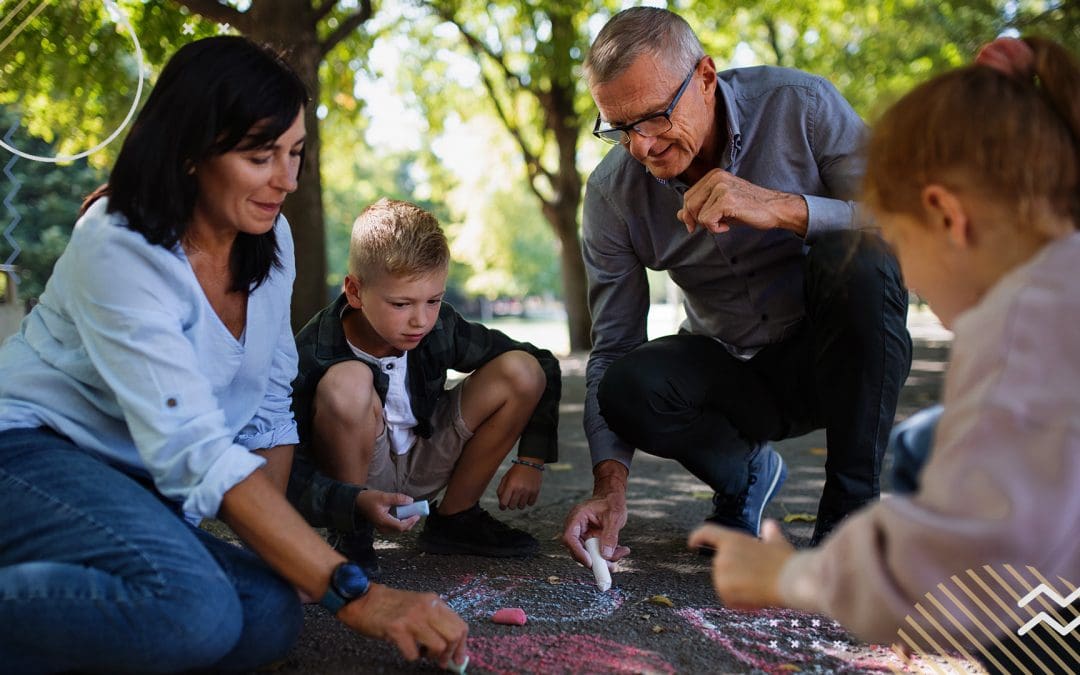Volunteering with your PTA can be overwhelming—but you’re not alone. This section offers encouragement from experienced members and a sincere thank-you for everything you do.


Now that you understand how your PTA is structured and what your role involves, it’s time to get ready for your first PTA meeting! This is an exciting opportunity to meet other members, get a sense of how your organization communicates, and take your first steps into meaningful projects.
PTA meetings are structured gatherings where members discuss school-related initiatives, vote on key decisions, and collaborate on upcoming events. Meetings generally follow an agenda, which typically includes the following elements:
Most meetings last 60–90 minutes, with time for discussion and questions. Some may also include guest speakers, workshops, or special presentations.
Being an active participant in your PTA meetings is the best way to shape policies, influence projects, and contribute to your school community. Here are some tips:
PTA meetings often use specific terminology and follow familiar procedures. Learning these common terms can help you navigate discussions more confidently:
Attending and participating in PTA meetings is a great way to make an impact on your school community. With a little preparation, you’ll feel confident and ready to contribute.

See what other parents and schools are saying about us!

Volunteering with your PTA can be overwhelming—but you’re not alone. This section offers encouragement from experienced members and a sincere thank-you for everything you do.

What’s a quorum? What do SEC and ELAC stand for? This glossary breaks down essential PTA terms and acronyms so you can stay in the loop and speak the language.

Running a PTA takes work—but the right tools make it easier. This guide for volunteers rounds up the best free templates, digital tools, and official PTA resources to help you succeed.

Not sure what to expect as a new PTA volunteer? You’re not alone. This guide answers common questions and shares practical tips to help you get started with confidence.

Starting a PTO benefits parents, teachers, and your school community as a whole. Learn how to start one here with this guide from FutureFund that lays out the process in a series of easy steps.